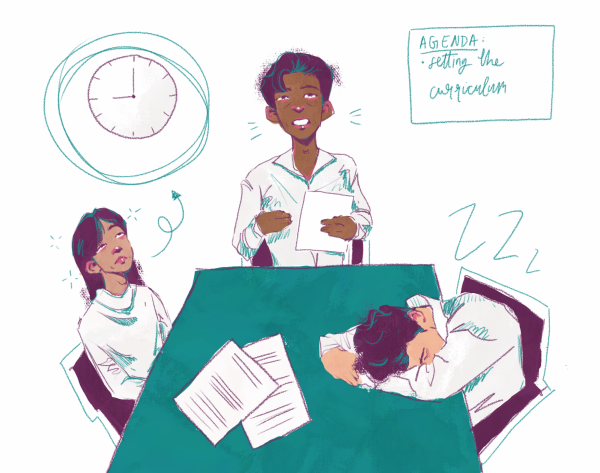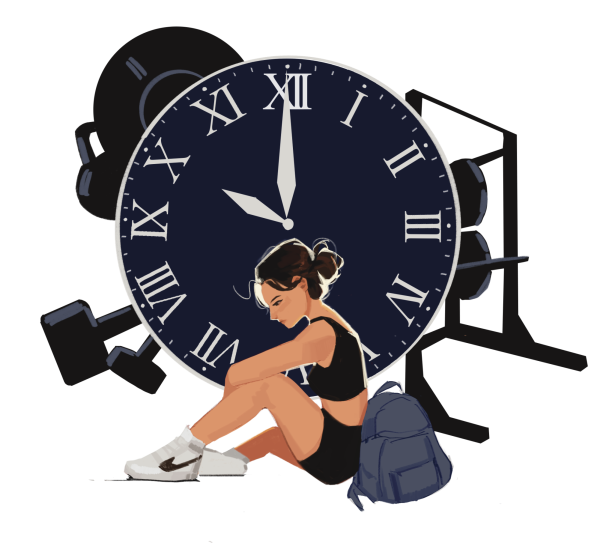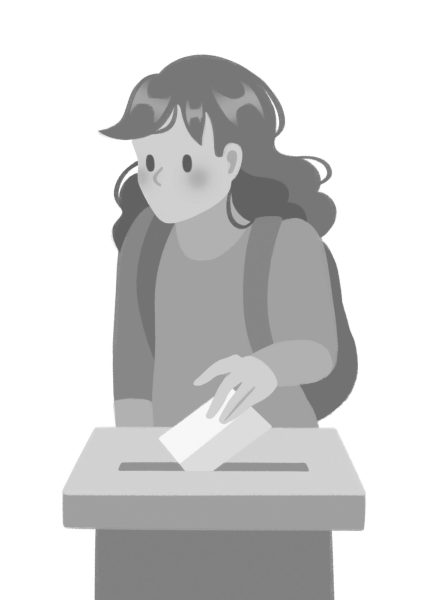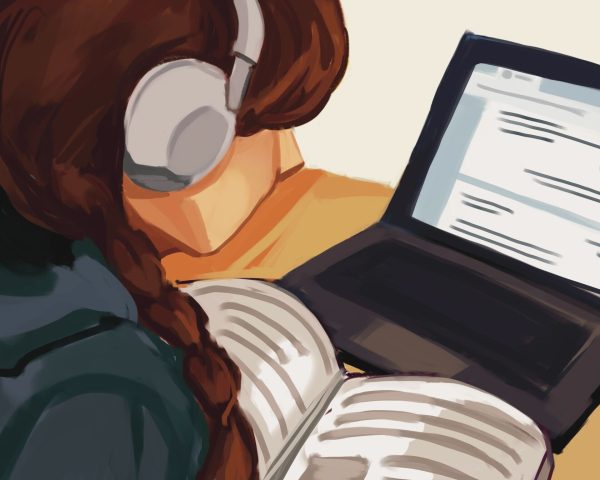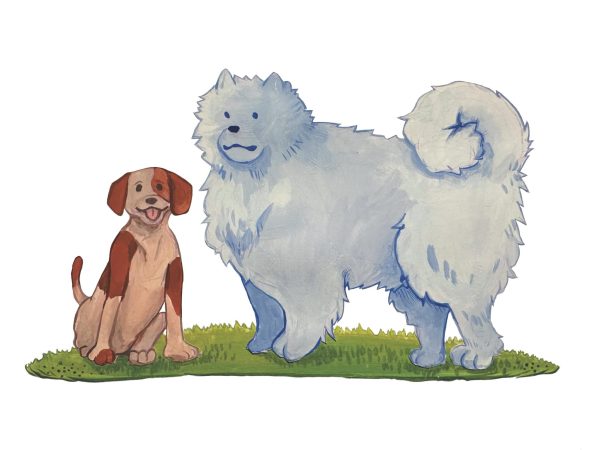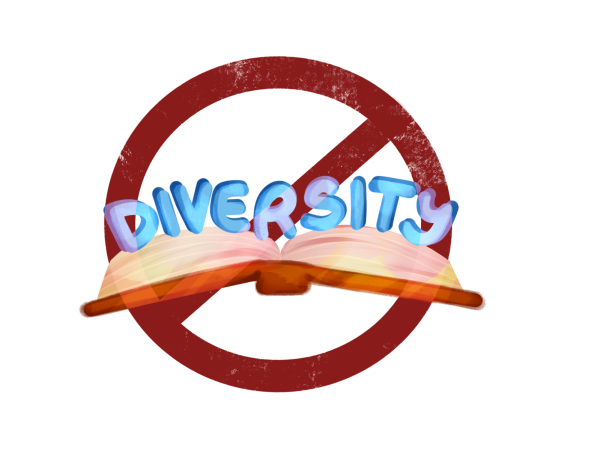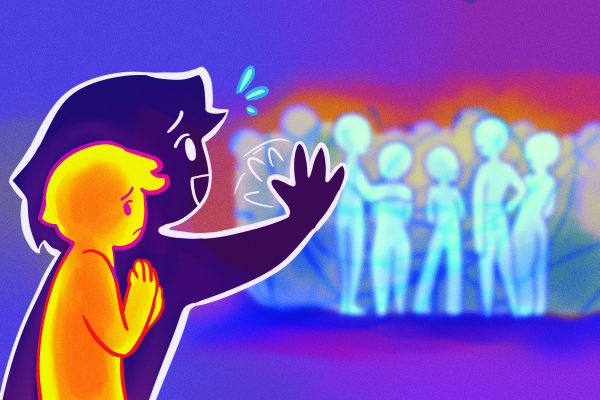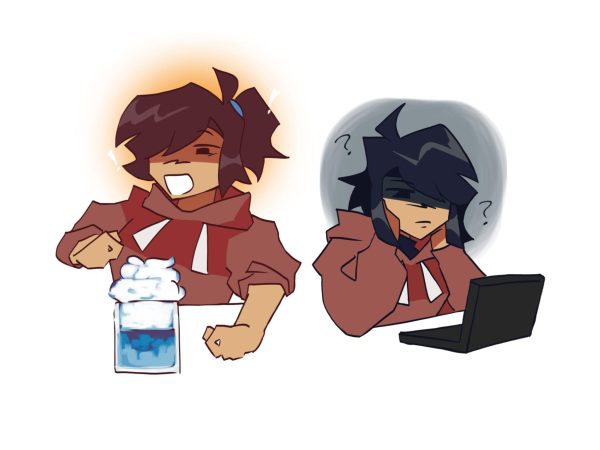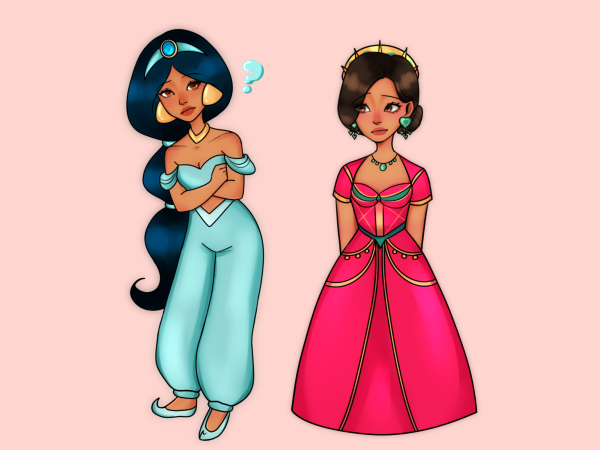Students should incorporate art into curriculum
The growing emphasis on science in the workplace cannot undermine the value of art and creativity
We live in the epicenter of technology and innovation. Palo Alto High School has a huge percentage of students who graduate and go on to attend four-year universities the subsequent year. Everyday, we hear of the growing importance of working toward an engineering or a computer science degree, how every one of us should attempt to learn the basics of coding. We hear how the workforce of our generation is only concerned with employees who know how to program and how the value of a liberal arts degree is becoming more and more obsolete.
Where does that leave those who want to pursue a degree in visual or performing arts?
I have learned from personal experience that in this community we undervalue pursuing a college degree in the arts. I am not here to dispute the fact that most artists make substantially less money than engineers and computer scientists, but instead I’m here to question the value of art within our community.
Traditionally, art is a form of self-expression which serves to entertain onlookers. Whether it be painting, photography, music, dance or theater, the products are enjoyed by people who pay to view them firsthand. This sort of practice has been an integral part of the arts, and many artists are often obsessed with making money off of their crafts and measure their talent and success through how much money they can make.
As an aspiring artist and performer, I am consumed by the idea that there is only one pathway for any dancer to travel in order to transform a passion into a career. This pathway involves intense training, scrutiny, failure, rejection and compliance with an overseer that guides artists as they carry out their artistic vision.
There is ample opportunity to expand the realm of the arts and foster new and innovative ways to bring the arts into other facets of the professional world.
In other words, art is the practice of using and applying creativity. Many people are keen on differentiating innovation, invention and creativity. The fact of the matter is that there is no conceivable possibility for innovation or invention to take place without creativity. In addition, creativity is useless without someone to bring it to life through innovation and invention. Therefore, in Silicon Valley — the frontrunner of innovation — we cannot ignore those who foster creativity: artists. Unfortunately, here at Paly, some members of the community seem to disagree on the importance of the arts. This past year during Career Month, only one individual represented the arts. In comparison, there were at least six speakers from the field of technology and engineering, all of whom held Bachelor of Science degrees.
And while we’re on the subject of arts in education, let’s look at it on a level-by-level basis. High school is a time of experimentation. Most adolescents are undergoing an identity-focused stage of development. Since self-expression is one of the key components of the arts, the pairing of an artistic outlet and developing teenagers searching for a voice seems fitting. Naturally, not every teenager will relate to the arts, however, teenagers should not be deterred from delving into the arts as they offer an opportunity for internal and external discovery.
High schools are notorious for spending little money on art-related activities. Secondary education holds an inherent bias against teaching and exposing students to the arts. Choir teacher Michael Najar observes the lack of arts appreciation within the standard high school curriculum.
“Math and science aren’t a choice, we just accept them as principles in our education,” Najar said. “Why? Why do we prioritize that as opposed to completing it with an arts education? It’s a fact that the highest achieving students in this district have an incredibly strong arts background, you cannot divide the two.
Now let’s consider post-secondary education. College is a time to find direction and throw yourself deeply into the subject matter of your choice. Some do so with computer science, engineering, medicine, education, political science and psychology. Some choose to do so with the arts. A student who pursues the arts in college is choosing to learn about creative thought, self-expression and how to translate those skills into platforms for other people to understand and enjoy.
I am not condemning the choices of my peers, nor my community’s focus on STEM fields, but instead I am calling for a collective movement to broaden our perspective on the value of art. We need creativity in every field of the professional world. If we live in the age of development and innovation, then we require new ideas and creativity. Artists need to be involved in human rights, peace, protests and political policy. Artists need to contribute to technology, engineering and every other field. Artists should engage in the media. We need creativity to move forward and it is the creative artist that will fulfill this need.
But just as those who condemn artists need a change of opinion, aspiring artists also need to broaden their perception of possibility.
We are in a world of change. We have access to technology, allowing for instantaneous communication. We live in a world where mediums and fields overlap and interlace in ways no one ever thought possible. Those who choose to invest their time into perfecting and enhancing their artistic craft need to realize the need for their skills. The stage for an artistic future is bigger than Madison Square Garden or the Louvre. Artists are needed on the global stage. The ability to tune into emotion, self-expression and communication is a skill that people everywhere need to cultivate.
According to Najar, the “study of art is the study of life.” It is through art that we allow ourselves to gain deeper insight into the human experience.
“It’s how we view the world, it’s how we interpret the world,” Najar said. “It’s inclusion is to make us feel more human.”
Your donation will support the student journalists of Palo Alto High School's newspaper

